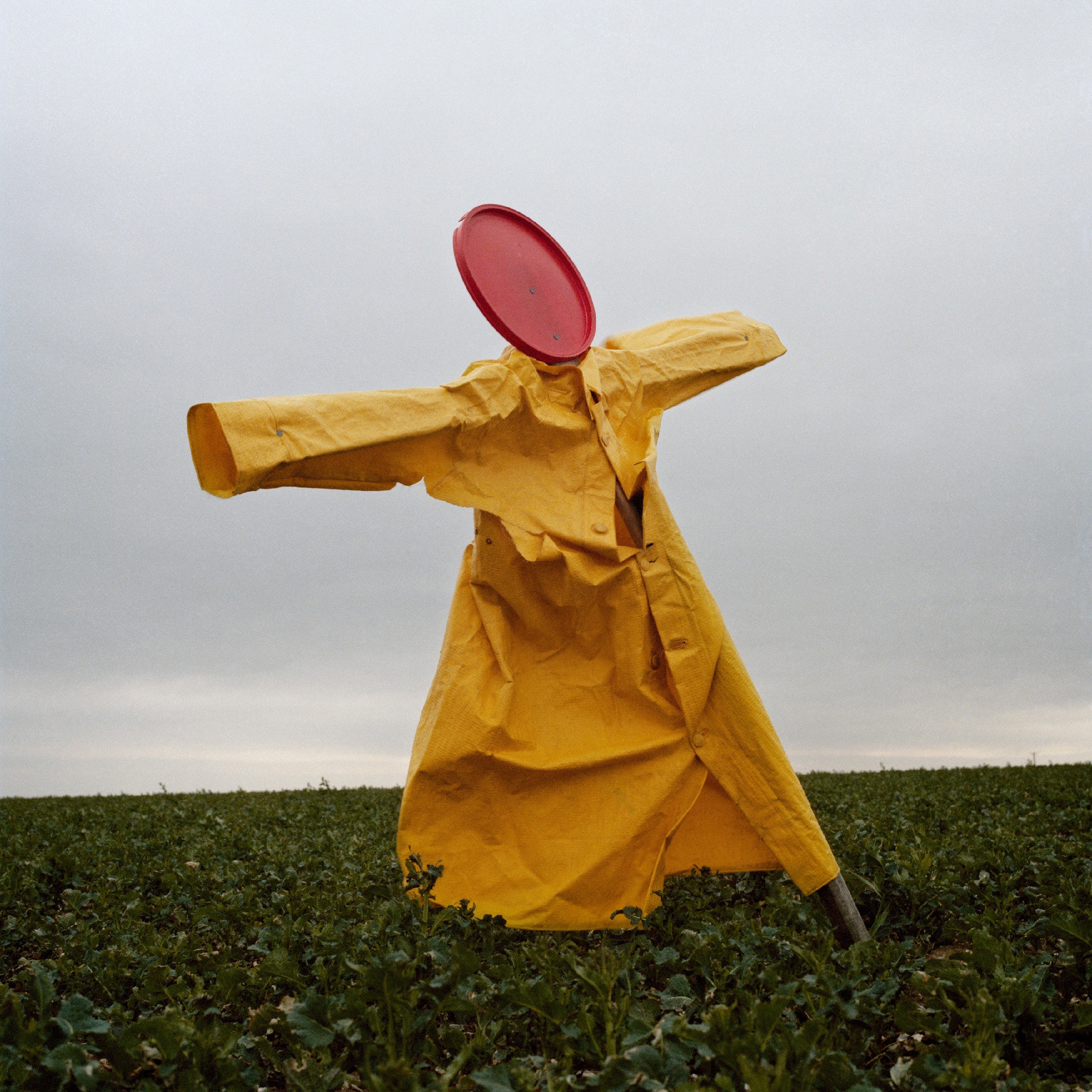
Interview with Peter Mitchell at Photobook Bristol 2014
You started out getting to know Leeds as a truck driver, after you moved there from London in 1972. What influence do you think driving round the city had in forming your visual relationship to Leeds?
It’s a small town, and I was given the Leeds city centre route so I could easily get finished by midday. Most drivers would go to a café but I had sort of set up a silk-screen studio here. I was using photography, which was quite novel then as people were mostly hand drawing. The screen prints were going to be shop fronts, gable ends, but the photographs took off. I started sending them off and getting shows! By 1975 I got a show in Leeds City Art Gallery and my pictures were of where the trucks went. I could see the factories and all the bits and pieces. It was successful and I never looked back.The truck driver thing has haunted me, with TV crews wanting to film me back where I took photographs. There’s this business of people saying: “We’ll get a truck and we’ll go back and see if people remember you”. But demolition was a big thing. They were places I felt easy about. I would go back a week later and give them a print but that would be it. I’ve never wanted to go back and photograph the same place. If you're just working at a fraction of a second that counts for something. It’s a bit like space missions – timing is crucial!
You have been documenting Leeds and the surrounding area for over 40 years but apart from Momento Mori in 1990 we only just got Strangely Familiar in 2013. What was the overarching instinct guiding you while selecting work from your archive for this book?
I’m looking for a word – it’s not Zeitgeist…I keep mentioning ‘Heimat’, which is German for house, and German for a sense of belonging.Is there anything you would have liked to include which didn’t make the final cut?
No, not at all. I regard all my photographs as equal quality. Martin Parr and I boiled it down to 68 from 200, and it was UK-wide. When it actually came to making the book – it was 5 years in the happening – I went over to the publisher in Portland, Oregon. And they said: “Why don’t we just do Leeds?” And that was 22 pictures out straight away! And quite a lot were the ones Martin had chosen, of people waving and so on!I think its come out just right.
Your work is getting belated recognition for its documentation of people and place without judgement or sentimentalism. How would you describe your position as a photographer in this respect?
It is sentimental, but the real meaning of sentiment I think. Things like Mothers Day - I would have gone for that as a kid, but it’s a false sense of sentimentality. There is sentiment in [my work], but it’s not gross and overflowing. It’s sentiment in a hard-edged way.Your work is also noted for its use of colour - at a time when photographers in the UK were still using black and white. What was it that led you to use colour? How did you arrive at that decision?
It just seemed perfectly normal. These are simple images but if you spare a moment to look at them they are full of tones and detail. They were meant to be looked at like painting. They have an individuality to them. I kept away from bright skies and pillar boxes. They’re all hand held shots. One roll of film would last me eight or nine images. I would have extensive notebooks and watch when something was threatened. It became the aesthetic that I worked with. They’re still hand printed in Leeds, same printer. Everything with me lasts!Documenting Leeds relentlessly in the same formal way for four decades is, in some ways, a visual record of your own sense of ‘belonging’ and relationship to a place - as well as a record of the lives of others and how they ‘belong’ to the city. How do you think this has shaped you as a photographer?
I came out of art college in my mid 20s ands just sort of – started…. it’s lasted so long! But it’s also become a talisman, this Leeds business. Its normal for photographers to go all over the place….its sort of an obligation. But Leeds has been part of my psychology. I’m here because of photography - and the photography is here because of Leeds.It’s not as if Leeds gets exhausted…
In 1979, your show at Impressions gallery, A New Refutation of the Viking 4 Space Mission took the point of view of what Leeds would look like to aliens arriving from Mars. Ironically, you are now known as the photographer who documents Leeds from the point of view of someone who has never left….What do you think you would photograph now, if you were an alien and landed in Leeds for the first time? What would you look at with most suspicion or strangeness?
Everything is strange when you really sort of look at it!In my next book, The Annals of a Life Threatening Postcode there will have to be ‘New’ Leeds. But you’ll only know its England because it has 30 mph in it or something. A corporate look to commercialism. There’s a corporate look to buildings. I know this has become fashionable. I’m looking for the end, which will have modern stuff in it. I might take it on a Box Brownie! So it will almost have a historic feel to it. How can I end this whole business?
What are the things you would want to report back to your fellow aliens on Mars?
It comes back to part of the ‘space mission schtick’. The Mars pictures [I wrote off to Nasa and they sent me a bunch of Mars pictures] had a 5-line caption. They would have the life ‘here and now’ and the life ‘here and after’. You’d have the red desert with the rock in it and the technical information on it. So the inference was that there was nothing interesting in Mars and everything on Earth was interesting. This comes back to the vague horror I have – there is no one else in the universe…that we’re the only people here. If there were people out there they’d have been here by now. Deep down I think we’re the only people here.Biography: Peter Mitchell (b. 1943) is a British photographer who hasn’t had as high a profile as some in the history of UK colour photography, but who has had significant impact on his contemporaries. His influential exhibition A New Refutation of the Viking 4 Space Mission at Impressions gallery in 1979 was a milestone in terms of showing colour photography in the UK. He has gone on to quietly document the changing face of Leeds for over 40 years and his work has appeared in significant exhibitions including How we are: photographing Britain at Tate Britain (2007). Momento Mori was published in 1990 and Strangely Familiar was published by Nazraeli Press in 2013.
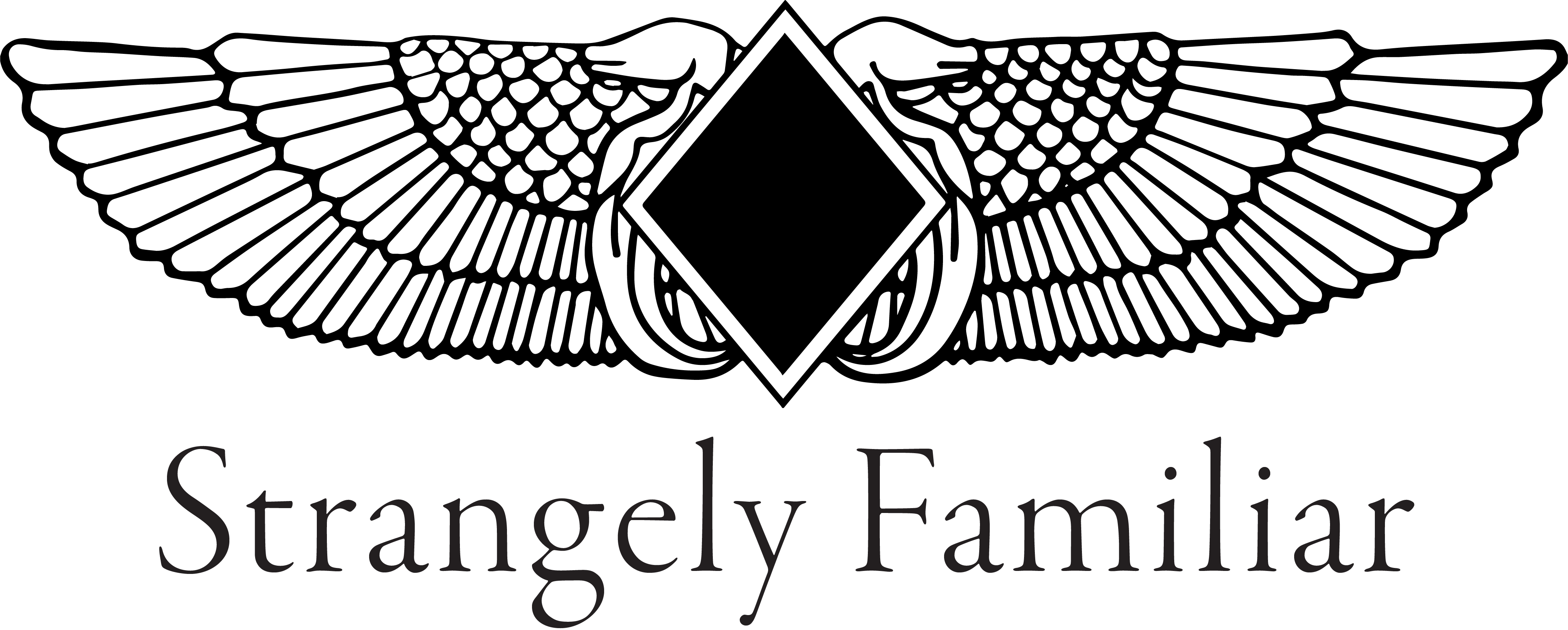
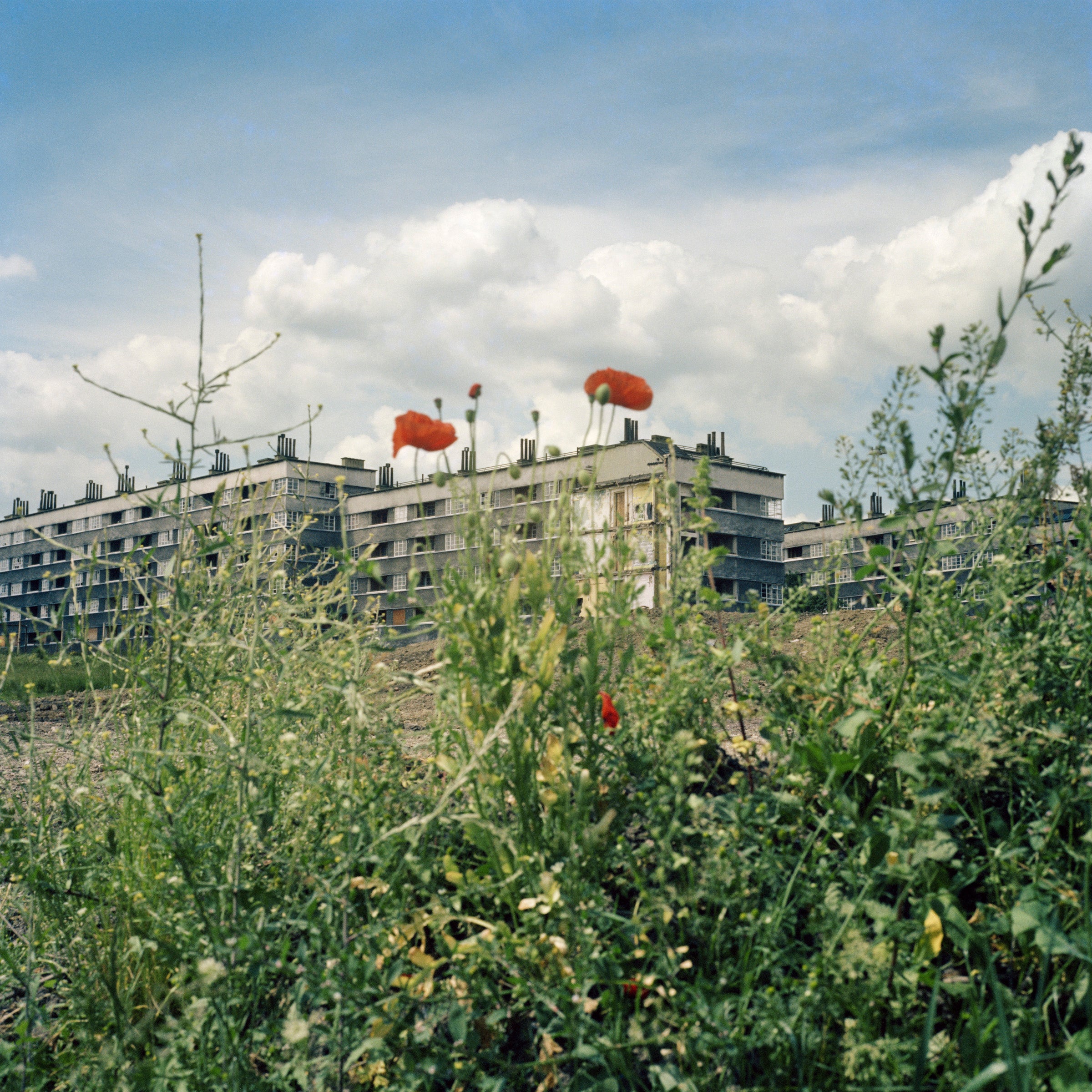
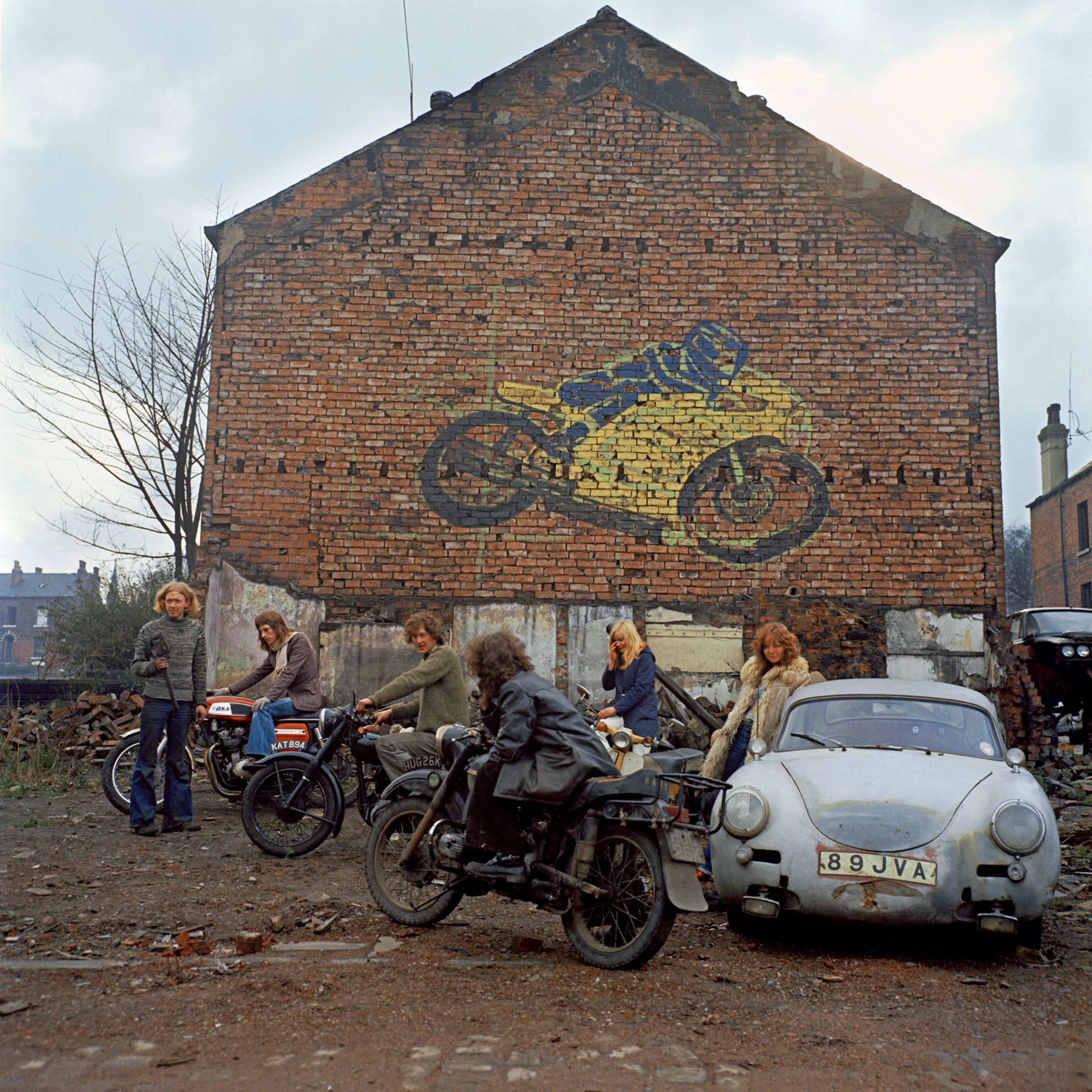
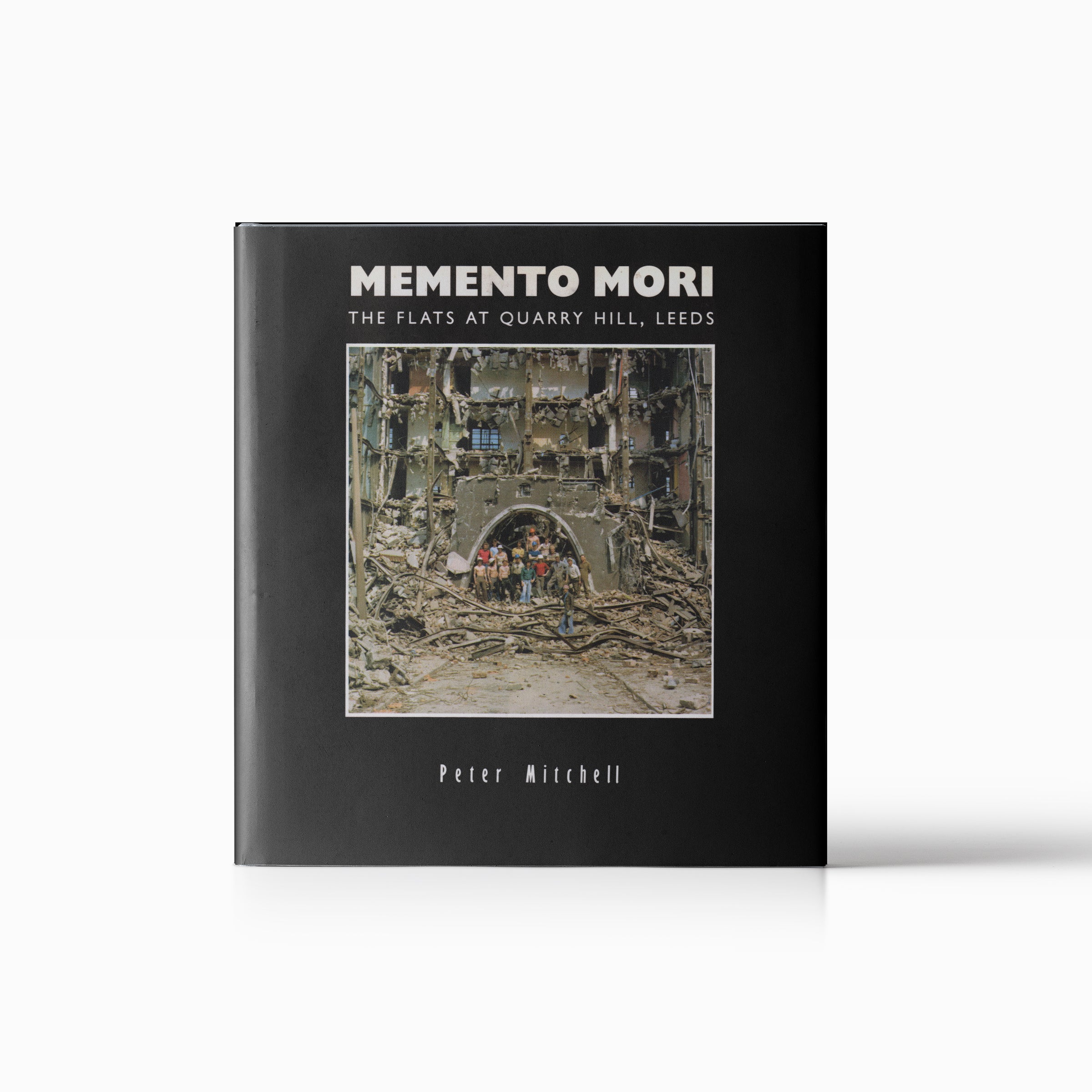
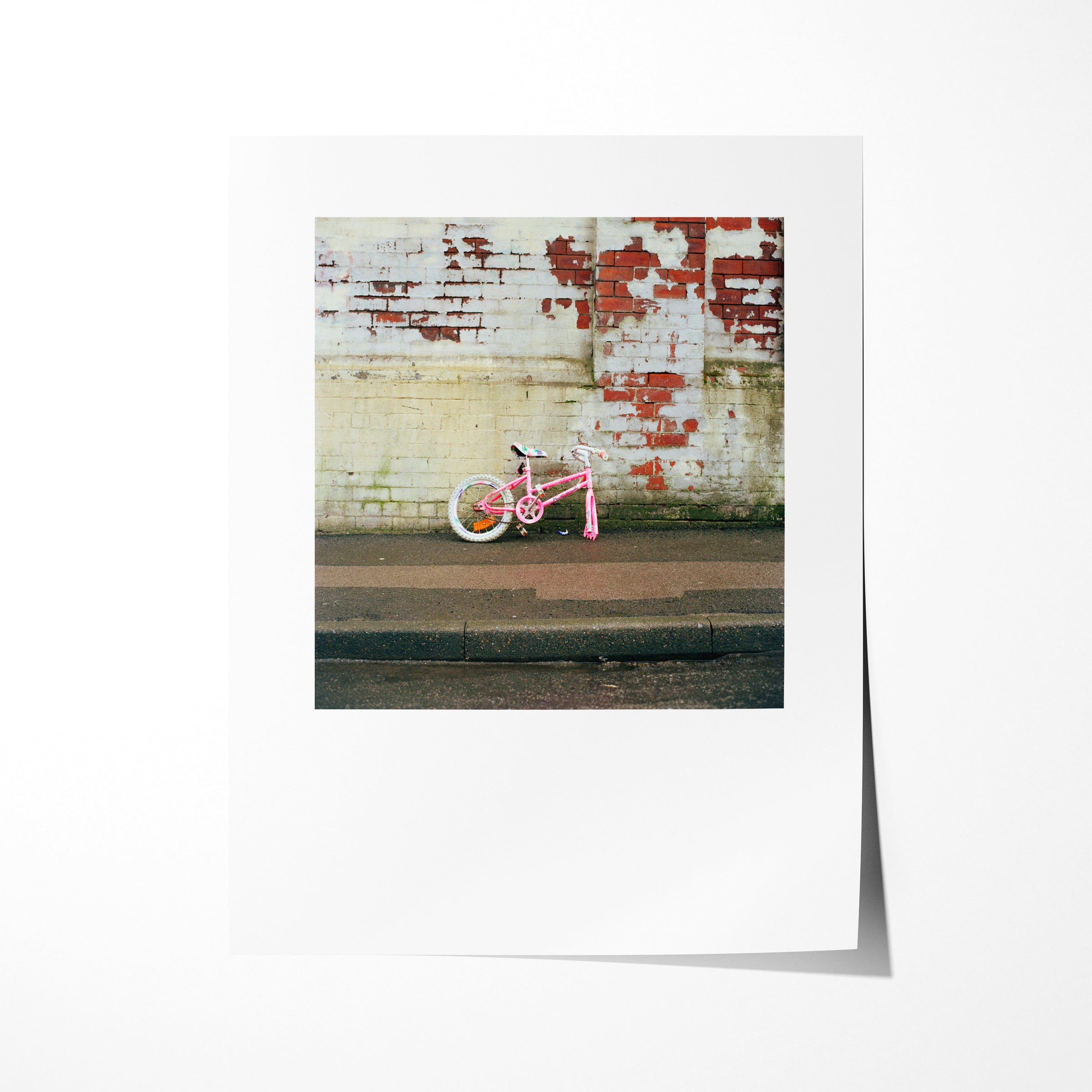
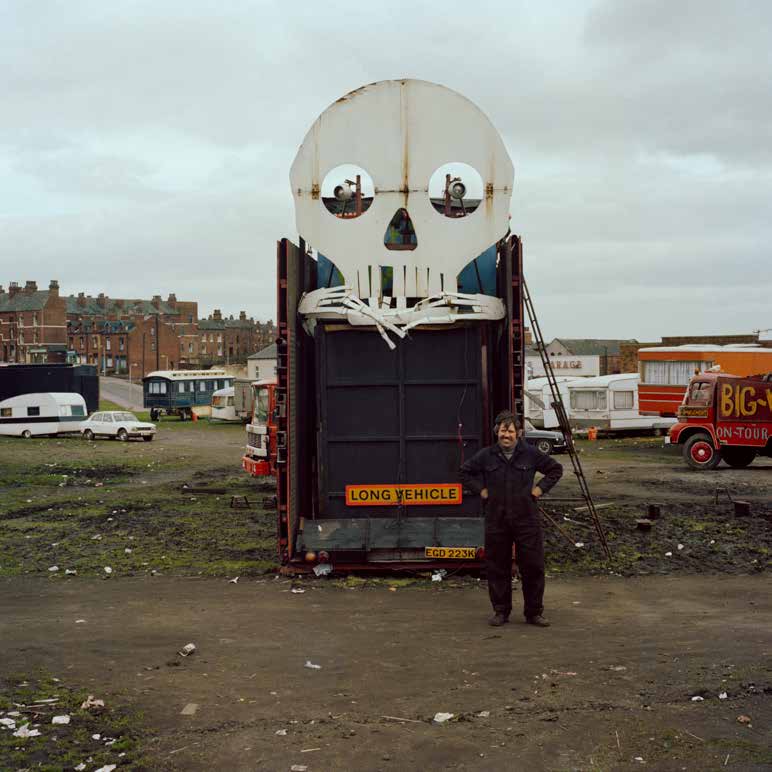
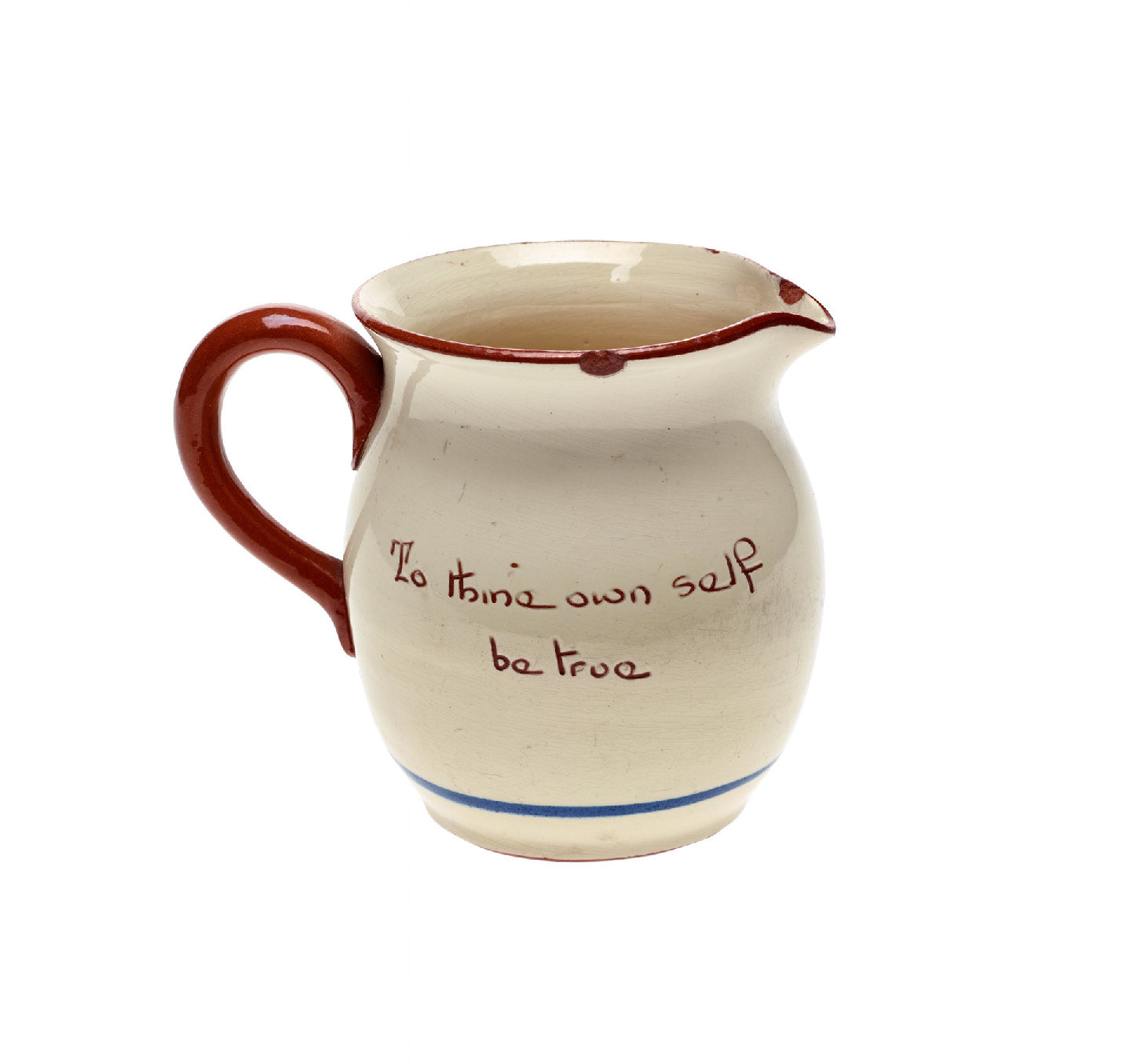
Leave a comment
This site is protected by hCaptcha and the hCaptcha Privacy Policy and Terms of Service apply.